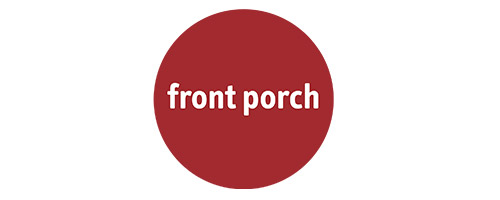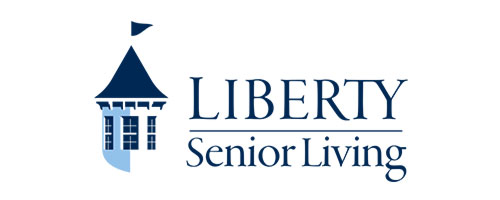Articles
The Journal on Active Aging brings articles of value to professionals dedicated to older-adult quality of life. Content sweeps across the active-aging landscape to focus on education and practice. Find articles of interest by searching the article archives in three ways: Enter a keyword in the articles search bar; click on search by topic; or type a keyword or phrase in the general search bar at the top of the page.
Topic- Trends

Thistledown: More than a place to live by Beth Witrogen, MJ
More Boomers are living alone today while also trying to maintain affordable housing in a sprawling nation built for younger, working families. Alarmingly, the risk for becoming unhoused is rising among older adults, especially those living alone. A pioneering cooperative model for senior living is successfully balancing autonomy and interdependence for low-income solo agers, building community on purpose to foster wellness.
moreTrends

Embracing the opportunities and realities of an aging global population by Colin Milner
Global populations will continue to age rapidly, transforming societies and economies in coming decades. While this shift brings complex challenges, demographic futurist Bradley Schurman, author of The Super Age: Decoding Our Demographic Destiny, argues it presents vast opportunities if the proper strategies are implemented.
moreTrends

Enhancing active aging through wellness-centric design by Joy Keller
As architects and designers focus more intentionally on well-being, spaces are being reimagined in senior living communities and other settings to support wellness in life's different dimensions. Which of these design approaches--some new, others more established--could help (or are helping) you realize your wellness vision?
moreTrends

Revolutionize experiences and outcomes with person-centered wellness by Colin Milner
No longer just a personal aspiration, living better longer has become a transformative force in the active-aging industry. This new era in thinking drives the priority given to wellness. Consider that in 2022's ICAA State of the Wellness Industry survey, four in five respondents (81%) considered wellness a top priority for their organizations. To optimize support for older adults' health and wellness, a highly person-centered approach is desirable. Why? One word: diversity. A highly person-centered approach finds meaningful new ways to connect with the needs and interests of residents, members and staff.
moreTrends

Demystifying ChatGPT for active-aging organizations.by Marilynn Larkin, MA
Here's what you need to know about what is arguably the hottest technology trend today. The potential benefits for organizations and residents/members are real, but so are the cautions. Be prepared to explore!
moreTrends

The aging market: Tips to engage and support an evolving consumer by Martyn Bryson, Larissa Long and Sydney Murphy, MS
Aging looks a lot different today than it did even 20 years ago. As more people live longer, many older adults are working past retirement age and staying active, productive, social and purposeful in their later years. How can we, as active-aging professionals, promote healthy longevity and foster wellness in life's various dimensions for all in this expanding life stage? And how can we, as a society, better meet the needs of today's aging adults and support their potential to grow, participate and engage fully in life? In this article, experts discuss pillars for living well throughout the lifespan, ideas for rethinking aging and pointers for marketing that aligns better with this diverse market.
more






























